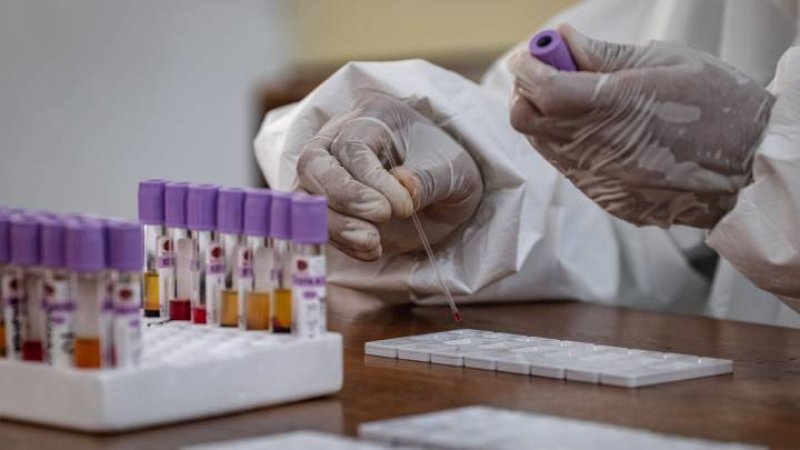As if the pandemic weren’t bad enough, on April 30, a team led by scientists at Los Alamos National Laboratory released a paper that purportedly described “the emergence of a more transmissible form” of the new coronavirus, SARS-CoV-2.
…
But “the conclusions are overblown,” says Lisa Gralinski of the University of North Carolina, who is one of the few scientists in the world who specializes in coronaviruses. “To say that you’ve revealed the emergence of a more transmissible form of SARS-CoV-2 without ever actually testing it isn’t the type of thing that makes me feel comfortable as a scientist.” She and other virologists I’ve spoken with who were not involved in the Los Alamos research agree that the paper’s claims are plausible, but not justified by the evidence it presents. More important, they’re not convinced different strains of the coronavirus exist at all.
“We have evidence for one strain,” says Brian Wasik at Cornell University.
…
The bottom line: It will take time to know whether different strains of the new coronavirus even exist, let alone whether any are more or less dangerous than the others. Any claims of that kind should be taken with a grain of salt for the next several months, if not longer.
































